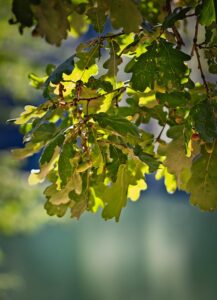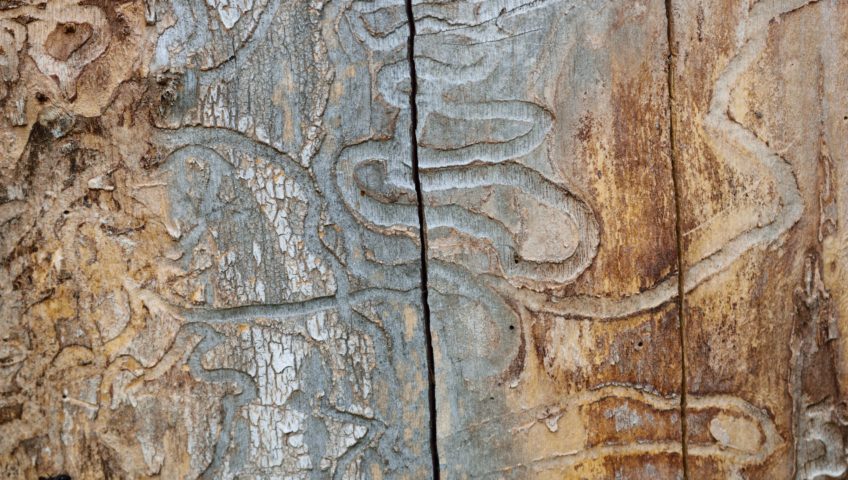Trees are tall, majestic and seem to last forever. That’s why it’s so easy to forget that our trees can get sick and die, just like we can. Unfortunately, there are a number of fungal diseases that can afflict trees in Minnesota, including Rhizosphaera needle cast, Dutch elm disease and apple scab. The threat posed by these tree diseases varies greatly, with some merely affecting the appearance of the tree and others spelling imminent death.
Tree disease is one of the leading causes of tree failure in Minnesota, which is why it’s important to be vigilant for any warning signs. The quicker you spot symptoms of tree disease, the more likely you are to save the tree. Keep reading to learn some of the main signs you should be on the lookout for.
The Most Common Tree Disease Signs

- Sparse Foliage – Leaves play a vital role in tree health by producing sustenance through the process of photosynthesis. Any deciduous tree in Minnesota will lose its leaves during fall and winter but a healthy tree should regain its full, normally colored foliage during spring. If your tree is losing its leaves early or failing to grow them back, something’s not right. While other issues such as drought or insufficient nutrients can also affect leaf growth, it’s a common sign of tree disease.
- Leaf Discoloration – Leaves are often the first part of a tree to be visibly afflicted by fungal disease, and likely to be your first warning that your tree is in need of some help. Along with leaf growth issues, discolored foliage is another telltale sign that your tree is under stress. While the leaves of most deciduous trees will change color during fall, leaves should stay bright green throughout spring and summer. If your trees in Minnesota have leaves that are changing color prematurely or have a faded hue, it’s likely that the trees have been afflicted by fungal disease.
- Bark Damage – The bark of a tree is essentially the same thing as the skin of a human body. Just like a person missing patches of skin is a big cause for concern, a tree that has begun to lose patches of bark is likely in distress. When disease afflicts a tree, bark will begin to fall off and the tree will be too weak to grow new bark in its place. If you spot bare bark on one of your trees in Minnesota, it might be time to call a tree health care professional.
- Dead Branches – It’s normal for some of a tree’s smaller branches to die and fall off. But if those branches start falling like leaves, that’s not a good sign. Many diseases rot trees from the inside out, causing branches to dry out, lose bark and snap off. It can be very dangerous if a large tree begins to lose large branches, as those falling branches pose a safety hazard to nearby people and structures. In addition to having your tree inspected for disease, you would be wise to have any dying branches trimmed off before they fall when you least expect it.
Treat Tree Diseases With Professional Tree Health Care
If you’ve noticed these signs of tree disease, what’s your next step? Call a tree care professional! At Pro-Tree Outdoor Services, we provide high-quality tree health care services that allow us to treat tree diseases and nurse your trees back to health. Give us a call today if you need tree disease prevention or other tree care services in the Twin Cities metro!


Write a Comment